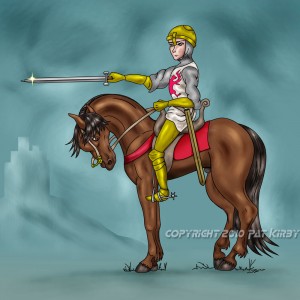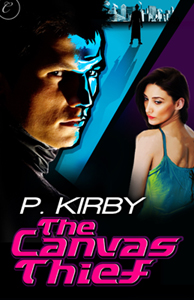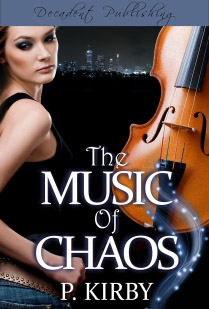Several months ago I read a much-lauded book, the first in another long epic series where the author is taking a god’s age to finish the sequels. (Like I can talk. I’m still not done with the 80K sequel to The Music of Chaos.) Despite all its press, I found the novel overrated, but that’s not the point of this post.
In one small scene in the novel, the protagonist, while on horseback, shakes the horse’s reins to encourage it to move forward.
And then my head exploded, raining confetti all around the room.
This isn’t the first book I’ve read where the author mistakenly thought that riders shake the reins to signal “Go.” It may have been one of the more perplexing, however, because the author obviously did a lot of painstaking research on horses. (Too much; he went on and on about basic horse care; it’s was like reading about someone brushing their teeth or putting on makeup.)
Your average fantasy novel (or movie) is often a study in stuff you can’t do with a horse. Like run the poor beast for days nonstop without water and food. Or the newbie rider, having never been on horseback before, who leaps on a horse and rides into battle, and lives to tell.
But the rein shaking thing makes me grind my teeth so loud you can hear them squeak in Tokyo. Why does it bug me so much? I dunno. Why do I love the color purple, and hate broccoli? It’s a matter of taste, I guess.
Point is, it’s basically wrong; likely something that people pick up from the movies where they see a driver shaking a cart horse’s reins. (In lieu of a whip, the person is slapping the horse’s bum with the reins.)
For the record, there’s no reason you can’t train a riding horse to move forward or increase speed when you jiggle the reins. The commands and signals that we use to communicate with our animals are just arbitrarily chosen cues. You can train a horse to move forward when you say, “Monkey nuts!” Similarly, you can teach a dog to sit to the command, “Pizza.” Dogs and horses don’t speak English, or French, or Spanish, or Klingon. They have their own form of language, but it’s vastly different from ours, so the trick is finding a cue that makes sense to us and that can be taught to the animal in a reasonable amount of time.
The biggest problem–and probably why it gives me the twitches–with the rein-shaking-equals-go cue is its awkwardness and inefficiently. Picture a knight on his steed in the middle of a chaotic battle. He’s surrounded by opponents–other riders and foot soldiers–and his sword flashes in the sun as he beats back the enemy, making more than a number deader than dead. Seeing his fellow knights overrun, he needs to urge his destrier across the field. While parrying a blow from a mace, he shakes the reins.
One more time, for emphasis: while parrying a blow, he shakes the reins. Yeah, it’s on the order of “rub my belly while patting my head” awkward. Similarly, imagine a cowboy and his horse galloping after a steer. The cowboy is spinning his lasso and urging his horse to go faster by shaking the reins. Riiiight.
There’s a reason European and Western traditions don’t do this. It’s stupid. A rider needs to convey commands with an economy of movement, ideally freeing the hands. (Dressage and reining horses take most of their cues from the rider’s seat and legs, not the reins.) Also, it just makes more sense to put the guidance system and brakes, as it were, in the front, and direct any commands for propulsion to the rear, where the power lies (big hindquarters).
Basically, an equestrian cuing system where the horse is urged on by the rider shaking the reins is like a car that only accelerates when you jiggle the steering wheel. Yeah. It’s that moronic.
See any rein flapping here?: Freestyle dressage (dancing horse!)
No flapping here either–Reining horse with no reins. Very cool. Love the long back and the hug at the end.



